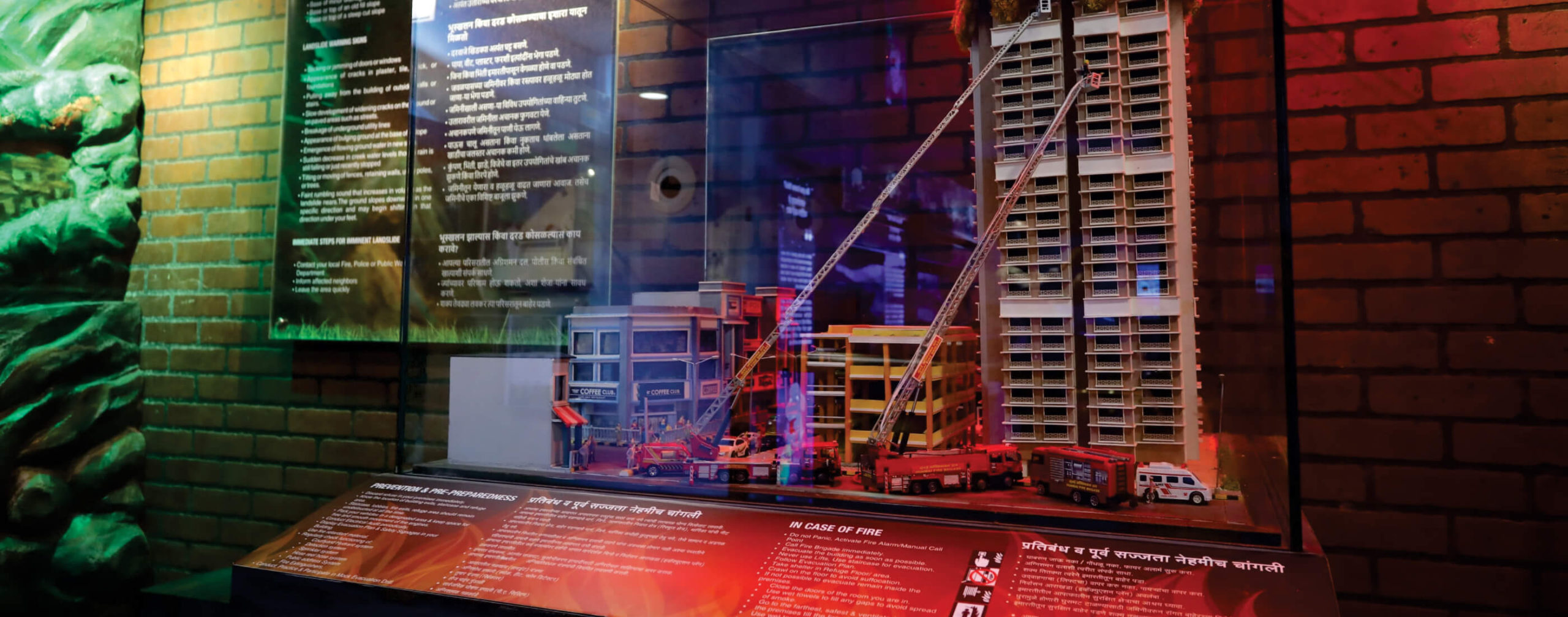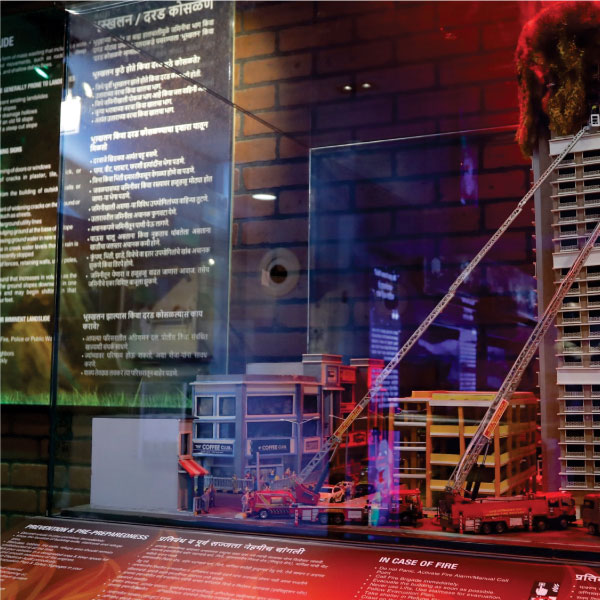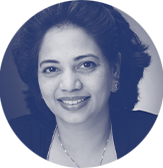02 Nov Dr. Aditee Vaidya


To a museum professional, a museum might be seen as a way to educate the public about the museum’s mission, such as civil rights or environmentalism.
The word “Museum” comes from the Latin word Μουσεῖον (Mouseion), which is originally from the Ancient Greek, that denotes a place or temple dedicated to the Muses, the patron divinities in Greek mythology of the arts literature, science, and the arts.

They were considered the source of the knowledge embodied in the poetry, lyric songs, and myths that were related orally for centuries in ancient Greek culture. The world’s oldest museum was built by a Babylonian princess 2,500 years ago. Early museums began as private collections of wealthy individuals, families or institutions of art and rare or curious natural objects and artefacts. These were often displayed in so-called wonder rooms or cabinets of curiosities. In 1925, archaeologist Leonard Woolley discovered a curious collection of artefacts while excavating a Babylonian palace. They were from many different times and places, and yet they were neatly organized and even labelled.

Woolley had discovered the world’s first museum. Some of the oldest public museums in the world opened in Italy during the Renaissance, but the majority of them opened during the 18th century. In India, The Indian Museum is the oldest and largest institution with numerous rare collections of mummies, skeletons, ornaments, Armor, Mughal paintings, and antiques. The idea of developing a historical organization in India began in 1796 when the members of Asiatic society decided to set up a place where the natural and human-made collections could be displayed. Museums in past were static architectural delights housed with antiques/objects/ paintings/educative material.

The purpose of museums transformed to collect, preserve, interpret, and display items of artistic, cultural, or scientific significance for the education of the public. To city leaders, a healthy museum community can be seen as a gauge of the economic health of a city, and a way to increase the sophistication of its inhabitants. To a museum professional, a museum might be seen as a way to educate the public about the museum’s mission, such as civil rights or environmentalism. Museums are, above all, storehouses of knowledge.
Effective place-making demands sensitivity to, and cognisance of, power dynamics in and across urban space and its production.
Today, museums are viewed in many different ways. They are seen as businesses, storehouses of collections, exhibition and display venues, educational establishments, research organisations, communal spaces and places of memorialisation. Museums are often driven in new directions by national and local government policy. Curators continue to curate exhibitions and displays, shaping the main historical narratives and object interpretation alongside their colleagues involved in what is now called ‘learning’.
Effective place-making demands sensitivity to, and cognisance of, power dynamics in and across urban space and its production. Designers thus need to understand the contexts within which they operate and the processes by which places and developments come about. As in many spheres, there is often an implementation gap between theory and practice and, in the case of policy, between high-level, aspirational principles and local delivery. This was the soul of the three educative museums which I designed and developed.

The first was the History of Medicine (in India) set at the Maharashtra University of Health Sciences (MUHS) campus in Nashik, Maharashtra. The museum, is spread over 7,100 sq ft, which has close to 200 historical items on display; including posters, pictures, portraits, documents, time-line charts, sculptures, dioramas & life-size replicas etc.

Along with deans of several medical faculty, I have worked for three years to bring together the various items that have created this first of its kind museum in Asia. The second project was The Haffkine Museum situated in the Historic renowned mansion with Portuguese architecture that unveils Life Sciences, Microbiology and the glorious past of this Institute along with inspirational work of Dr. Waldemar Mordecai Haffkine.

This is country’s first bio-medical research institute’s Museum i.e. Haffkine, which is placed on the tourist map of not only Mumbai but also Maharashtra. This institute’s museum is a major center for ‘Medical Science Tourism” approved by MTDC and tourism department. The third educative museum designed by me, is “Disaster Management- Educational Art Gallery” for the Municipal Corporation of Greater Mumbai at Parel, Mumbai. This Gallery is totally digital with Live models of several natural and manmade disaters which make the entire learning process scientifically virtual.
This Gallery has been visited by more than 2500 national and international visitors who have been trained towards Disaster management in the last 11 months. The visits also include higher school children, college going students and industrial officers who are totally happy and satisfied with their journey and training given in the Gallery. From a visitor or community perspective, the purpose can also depend on one’s point of view. A trip to these museums would be an educative, entertaining and enlightening way to spend the day.
The futuristic museums would be more adaptable, creative and confident, enabling it to survive and thrive in times of change.
The future direction of historical interpretation in museums is quite uncertain. The futuristic museums would be more adaptable, creative and confident, enabling it to survive and thrive in times of change.
Technology will offer opportunities to capture new audiences. Developed by government or private parties through consultation and partnership, a co-production with a range of organizations, communities and academics, and backed up by funding from the Heritage Funds, the exhibits would highlight present-day issues, giving the main historical narrative providing a space for dialogue and debate.

They would not only be a place in the public sphere where history and education would be consumed but would provide a unique environment for historical enquiry through their galleries, exhibitions digital displays and collections. The next face of the museums is the “online or digital exhibition”, for rich museum content presented online. Probably the result of museums gradually embracing digital in collections, curatorial and exhibitions departments, beyond putting collections online, managing a museum website and establishing a social media presence? Or a sign of museums not completely grasping what the museum without walls actually means?

Today the term has been embraced by quite a few museums displaying “online exhibitions” on their websites. Google Arts offer “Online exhibits” There are even a development of digital only museums, such as the Virtual Museum of Canada. It leaves behind a point to ponder “What is the value of the physical space?”

Thus Museum experiences being delivered both within and outside the museum walls, across physical and online platforms, and across the public ecosystem, allow for museums to become “magic circles” where magic happens.
Dr. Aditee Vaidya
DESIGN FIELD
Interior Design and Temporary Spaces, Educational Museums and Display
LOCATION
Mumbai, India
ABOUT
Dr. Aditee N Vaidya, PhD Fine Arts, Nagpur University and Majors from Sir J. J. Institute of Commercial Arts, Mumbai as a topper at university level. A versatile commercial graphic art designer, UXD Expert, Digital Artist, and an Academician par excellence with experience of antiquity research projects. She excels in the study of objects of art in their historical development and stylistic contexts; that is genre, design, format, calligraphy and style. Her research study is on painting, sculpture, books, ceramics, and other decorative objects. She specializes in the analysis of historical trends in Islamic Art and has to her credit various research works with formal analysis, semiotics, psychoanalysis and iconography. Two of the research works related to Qurans also have been certified by Sotheby’s.
She has conceptualized and developed Educational Museums for the University and Government sector. Her first work in this field “History of Medicine” is at Maharashtra University of Health Sciences, Nasik -the first of its kind in Asia. The other at Haffkine Institute on “The Institute and Microbiology” which is now on tourism map of Maharashtra and the third “An Educational Gallery of Disaster Management” for Municipal Corporation of Mumbai which is acclaimed internationally.
She has been felicitated by the Governor of Maharashtra for active participation in I.T & media sector. She is a Recipient of the “Mayor’s Award” for her contribution to the Art and I.T. Sector in Mumbai. She was also awarded for innovative use of technology by INTEROP – Discover IT for her IT solution in the election process of Municipal Council elections conducted all over Maharashtra by the Election Commission of Maharashtra .
Prof Aditee is also the Dean of Vasantdada Patil Prathisthan College of Applied Art and Postgraduate teacher, guide and referee for doctoral studies, Faculty of Fine Art, (Applied Art) also Member of the Board of Studies for Mumbai University in Faculty of Applied Arts. A Board Member, Academic Council of Indira College of Architecture and Design (ICAD), Pune. She is an active Member of Bombay Art Society. She is also Member of various Research Societies in several Research & Academic institutes of the Government of Maharashtra.
She has also worked for events presided by the President of India for the Government of Maharashtra. She has also done various events with live webcasting for the Chief Minister of Maharashtra, Mr. Devendra Fadanvis and Mr. AmitabhBachchan for ‘Swachha Maharashtra’ and ‘Swachha Bharat’ Abhiyan.


